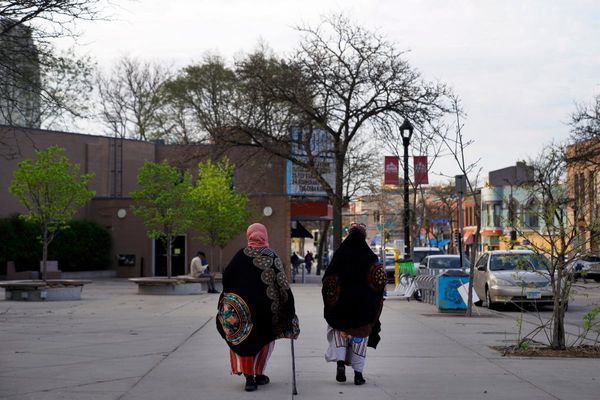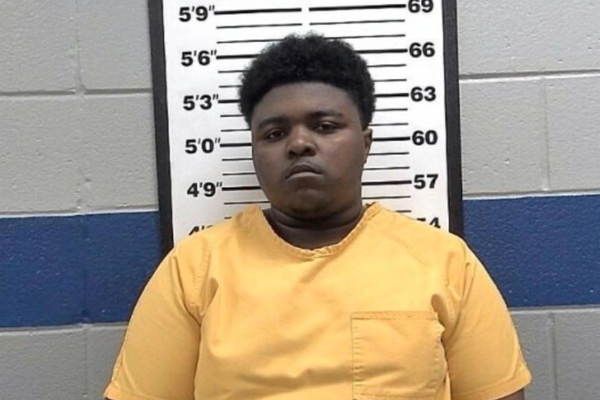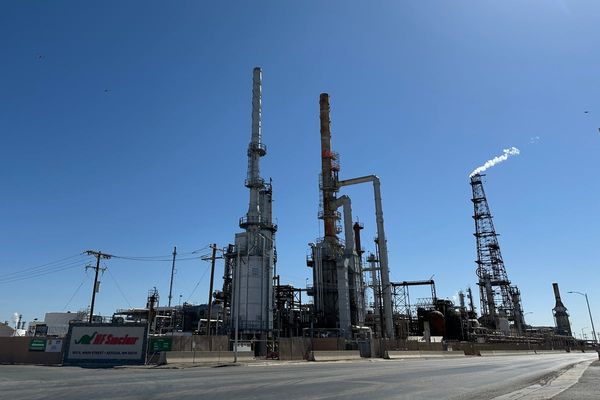

With Australia’s east coast forecasted to endure an intense heatwave this week, officials have warned residents to brace for blackouts. Here’s why the chances of blackouts are significantly increased during soaring temperatures.
ICYMI, the Bureau of Meteorology (BoM) has issued a severe weather warning for New South Wales as the state is forecasted to face temperatures 10 to 12 degrees above average.
Some areas of the state are set to reach the high 30s, with the BoM noting that Western Sydney will likely be impacted by the heat.

Alongside the severe weather warning, officials have warned of blackouts across the state, as well as Queensland, due to soaring temperatures.
Following the warnings, NSW Premier Chris Minns sprung into action on Monday, November 25, telling reporters that he’s aiming to keep affected communities informed of the blackouts.
“We’ve had early reports that the grid could be under a lot of pressure. I acknowledge that,” Minns said, per 9News.
“We will be as quick as possible with updates to the community about potential interruptions with supply.”
At the time, Australian Energy Market Operator’s (AEMO) lack of reserve (LOR) notice for Tuesday to Wednesday was at LOR3 — which “signals a deficit in the supply/demand balance”.
Thankfully, it’s since been downgraded to an LOR2 meaning there’s no impact on the state’s power system, but it could be disrupted.
Honestly, as a normie who religiously gets their weather info from the Apple app and the occasional Instagram story from a mate going “day for it”, I’ve always wondered why blackouts occurred during heatwaves.
Walk with me and we can figure this golden question together.
Why do blackouts happen during heatwaves?
According to Energy Works Australia, extreme hot weather places great demand on energy grids due to the increased use of air conditioners in homes and businesses. It can also be caused by other events including local faults, bushfires or generator faults.
The organisation also listed “three basic types” of power interruption that can happen during a severe heatwave: localised outages, power system disturbance and involuntary load shedding.
Localised outages can be defined as instances such as trees falling on lines, a truck hitting a pole or equipment failure. Although it may not be heat-related, some local outages can be triggered by heat caused by high demand, such as everyone turning on their aircon at the same time.
When a major event — such as a bushfire — occurs, it can be described as a power system disturbance.
As for the big dawg — involuntary load shedding — Energy Works identified this as when AEMO switches off sections of the grid so supply can be restored. This usually happens in the evening when demand reduces.
“These are known as rolling blackouts, as different parts of the grid take turns being without power,” it said.
With the most severe weather warning, which is placed in NSW from Monday to Thursday, concerns of a blackout were at a high as some of the critical generators are offline for maintenance.
As per 9News, this week’s scorcher could result in thousands upon thousands of people turning on their air conditioning “as power generation units at three out of four of the state’s ageing coal-fired power stations are offline for maintenance or repair.”

But thankfully, it’s the risk has been downgraded since then.
Although the risk of a blackout has been slightly pushed back, the heat will continue to roar across the state. So please, stay hydrated and stay cool.
The post NSW & QLD Are Being Warned Of Blackouts — Here’s Why They’re More Common During Heatwaves appeared first on PEDESTRIAN.TV .







